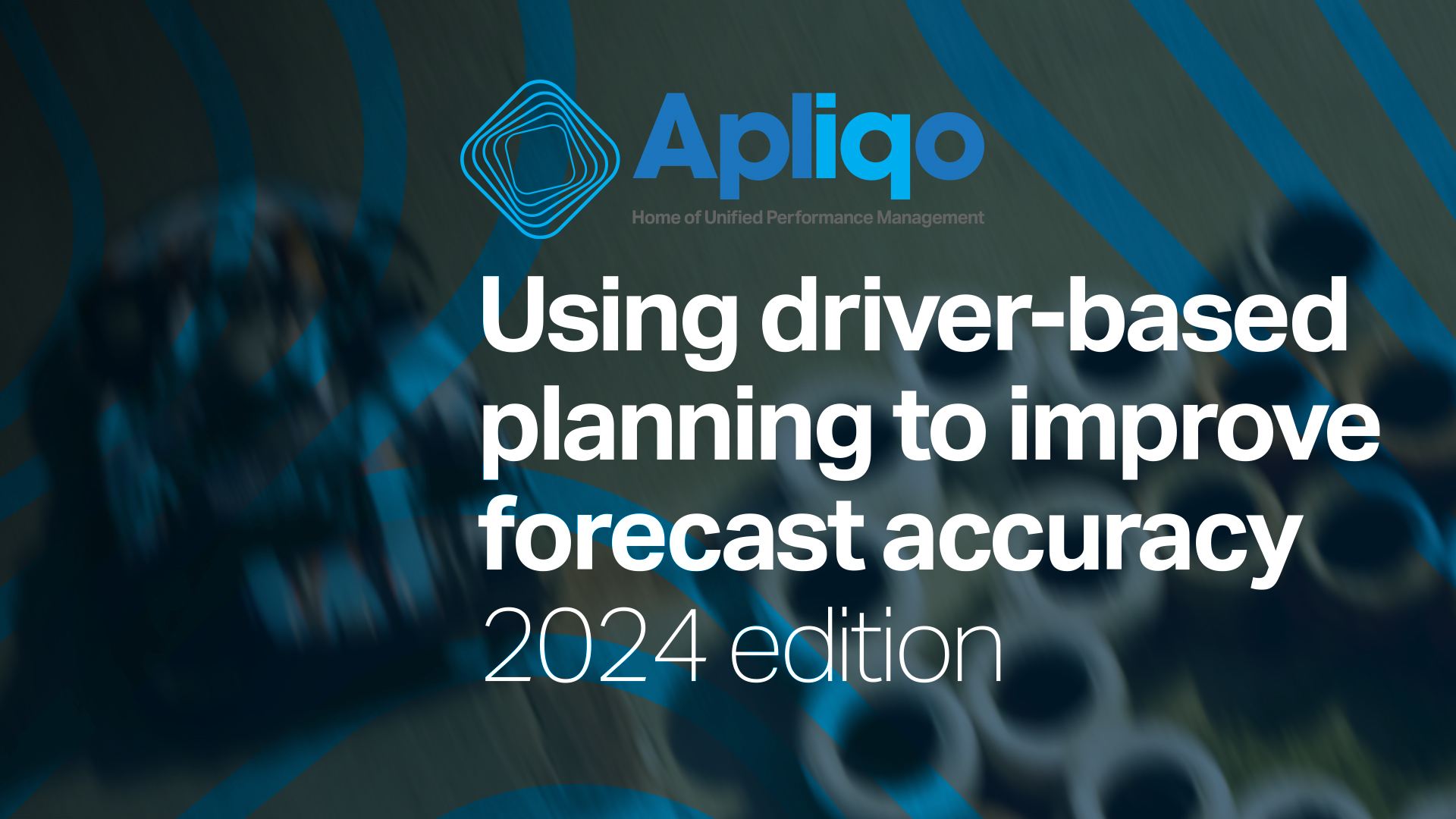If you were to chart the changes in accounting and financial reporting regulation over the past 20 years, you would see a staggering increase in complexity. In what was already a highly-regulated industry, we’ve seen further administrative and structural obstacles placed in front of large corporations that are supposedly there to protect the integrity and accuracy of financial information – for the good of the stakeholders.
Now, whether you agree with new regulations or not, we can’t escape the fact that this places additional burdens on our businesses. When you consider that a large group might have hundreds of different subsidiaries and each need to be carefully consolidated into the group reporting – it’s clear that we can’t rely on the tools of the past. Modern reporting demands efficiency, speed, and precision that can only really be accomplished through automation and the leveraging of technology.
The evolution from consolidation to group accounting
BARC recently released a fascinating study that looked at the impact that increased regulatory complexity is having on the accounting function. They found that when you combine traditional financial reporting, risk reporting, sustainability reporting, and the like – companies are desperately scrambling to find technological solutions that can deliver what is needed at scale.
As more and more companies have to disclose an increasing amount of information at the group level – they can’t simply rely on Microsoft Excel and a specialized consolidation tool to get the job done. It’s not robust enough to the rapidly changing landscape and it doesn’t allow for analysis across various dimensions.
The research shows that the integration of planning, management reporting, and statutory reporting is the top priority for large companies because a fragmented approach just doesn’t work under the pressure of modern reporting. 66% of companies plan to invest in planning automation and 71% plan to invest in management reporting automation over the short and medium term.
What is clear is that the focus needs to be shifted away from just doing everything at the consolidated level, and rather to have the technology in place across all subsidiaries to get things right within the group accounting framework. When this can happen, a large corporation can put themselves in the position where they can slice their data in any dimension that they need and get accurate insights both looking forward and backward. This is the only solution that can meet the stringent regulatory requirements while also providing sufficient operational flexibility for day-to-day decisions.
The need for a unifying FP&A tool
All of the above points to the need for a unifying FP&A tool that can pull everything together. This has long been the goal of the FP&A movement, and it’s now clearer than ever that a unified tool for reporting and planning is a must-have. Getting there can be challenging for a large organization that currently has siloed different functions – but the investment in moving in this direction is well worth it.
Here at Apliqo, we’ve seen that time and time again with our clients. It’s a bold step to dismantle the Frankenstein-esque collection of tools and software platforms, and it comes with growing pains, but when you get to a truly unified system – it makes everything that much easier and more efficient.
If you’d like to explore what this could look like for your organization, be sure to get in touch and we’d be more than happy to demonstrate how a unified FP&A tool could transform your company.







